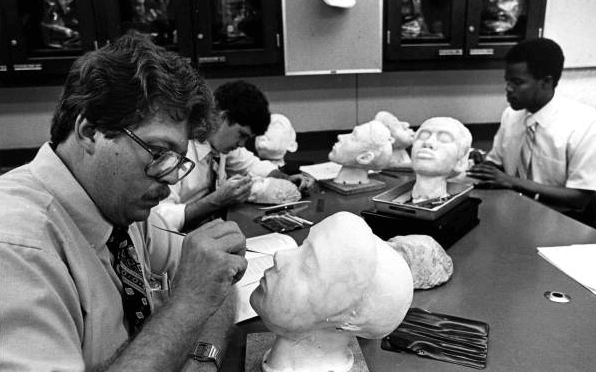
Read Postmortem Restorative Art: Principles, Methods, and Applications Online
Read Postmortem Restorative Art: Principles, Methods, and Applications Online and compassion, where the dignity of the deceased is paramount. By adhering to principles of anatomical accuracy and employing specific techniques such as sculpting and color matching, practitioners create a serene presentation for viewing. This not only honors individual identities but also facilitates healing for bereaved families. As we explore the intricacies of this field, the ethical considerations and diverse applications in various cultural contexts warrant careful examination. The implications of these practices extend far beyond the immediate, revealing deeper truths about our collective approach to loss.
Overview of Restorative Art
Restorative art, a specialized field within mortuary science, plays a crucial role in the preparation of deceased individuals for viewing and memorialization.
Its historical significance cannot be understated, as it reflects societal attitudes towards death and mourning.
Additionally, the educational importance of restorative art lies in its techniques and methodologies, equipping practitioners with essential skills to honor and respect the deceased while facilitating a meaningful farewell for loved ones.
Key Principles of Restoration
Three key principles guide the practice of restoration in postmortem restorative art: anatomical accuracy, aesthetic enhancement, and ethical consideration.
Anatomical accuracy ensures fidelity to the deceased’s natural form, while aesthetic enhancement seeks to provide a respectful and dignified appearance.
Ethical considerations, including cultural sensitivity and respect for individual beliefs, are paramount, ensuring that restorative practices honor diverse traditions and values throughout the process.
Techniques and Methods
Building upon the foundational principles of anatomical accuracy, aesthetic enhancement, and ethical consideration, various techniques and methods play a pivotal role in achieving effective postmortem restoration.
Key sculpting techniques, such as modeling and molding, facilitate the reconstruction of facial features, while precise color matching ensures a harmonious integration of materials with the deceased’s natural appearance.
Ultimately, restoring dignity and respect in the process is essential.
Read Also Save Time and Money: Your Simple Meeting Room Booking Solution
Real-World Applications
While the principles of postmortem restorative art are rooted in theory, their real-world applications manifest in a variety of contexts that underscore the importance of dignity in the face of loss.
The historical significance of these practices varies across cultural perspectives, highlighting how restorative techniques honor individual identities and traditions.
Such applications facilitate healing, ensuring that each deceased is remembered with respect and humanity.
Conclusion
Read Postmortem Restorative Art: Principles, Methods, and Applications Online as an invaluable practice that transcends mere cosmetic enhancement, transforming grief into a profound experience of healing and remembrance. By adhering to key principles and employing meticulous techniques, practitioners honor the individuality of the deceased while respecting cultural traditions. The impact of restorative art resonates deeply within communities, serving not only as a bridge between life and death but also as a testament to the enduring human spirit that seeks dignity in every farewell.



